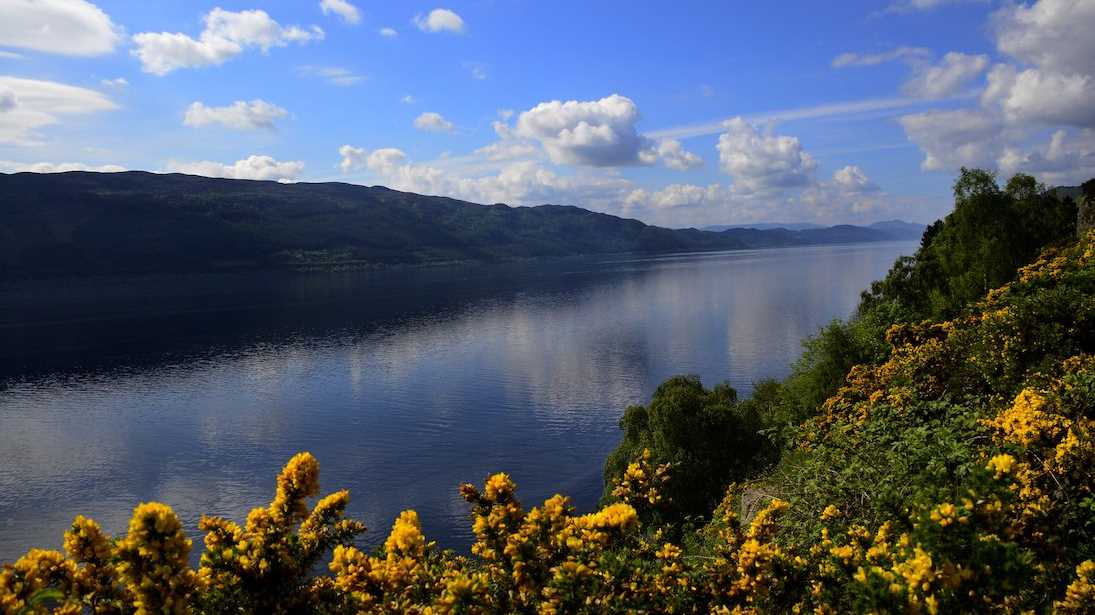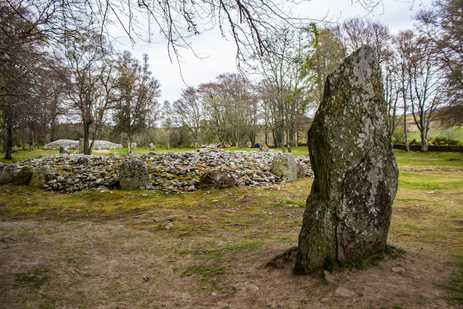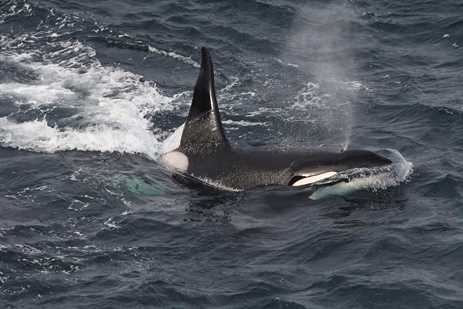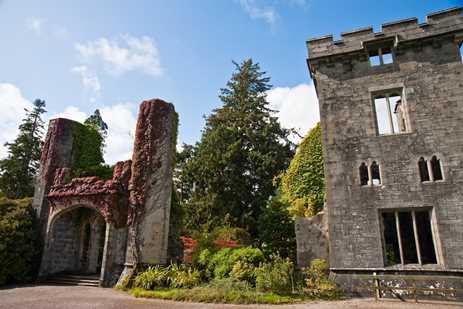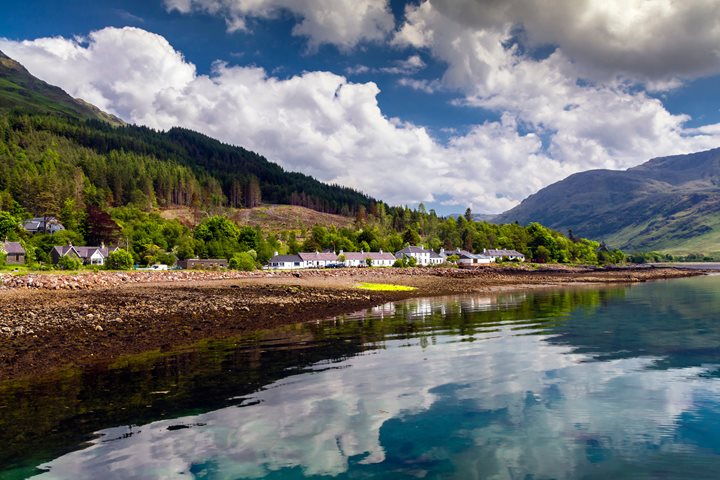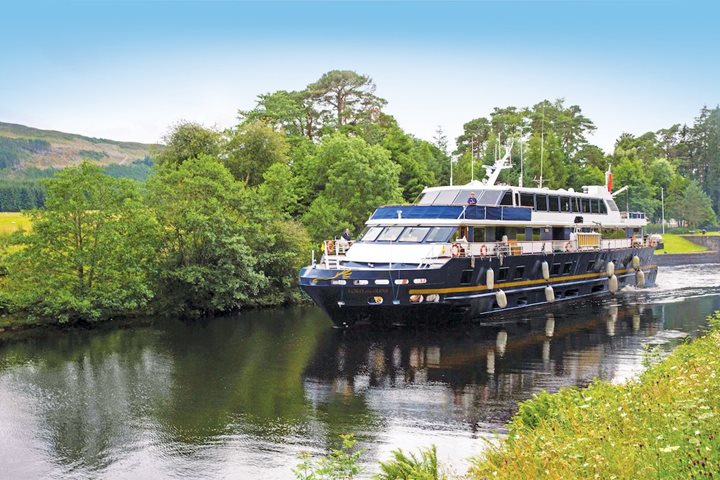If you hear “Scotland” and think whiskey, castles, and golf, you wouldn’t be wrong, but you’d also only be getting the opening pages of a much more complex story of this incredibly diverse nation. Scotland comprises nearly 800 small islands, and around every bend are magnificent ruins, serene lochs, medieval monuments, and enchanting wildlife. Here are a few facts about this bonnie land that just might surprise you. Get Inspired By Photos, Videos, Webinars, Stories, And Exclusive Offers. Sign Up
May 2024
4 Min Read

